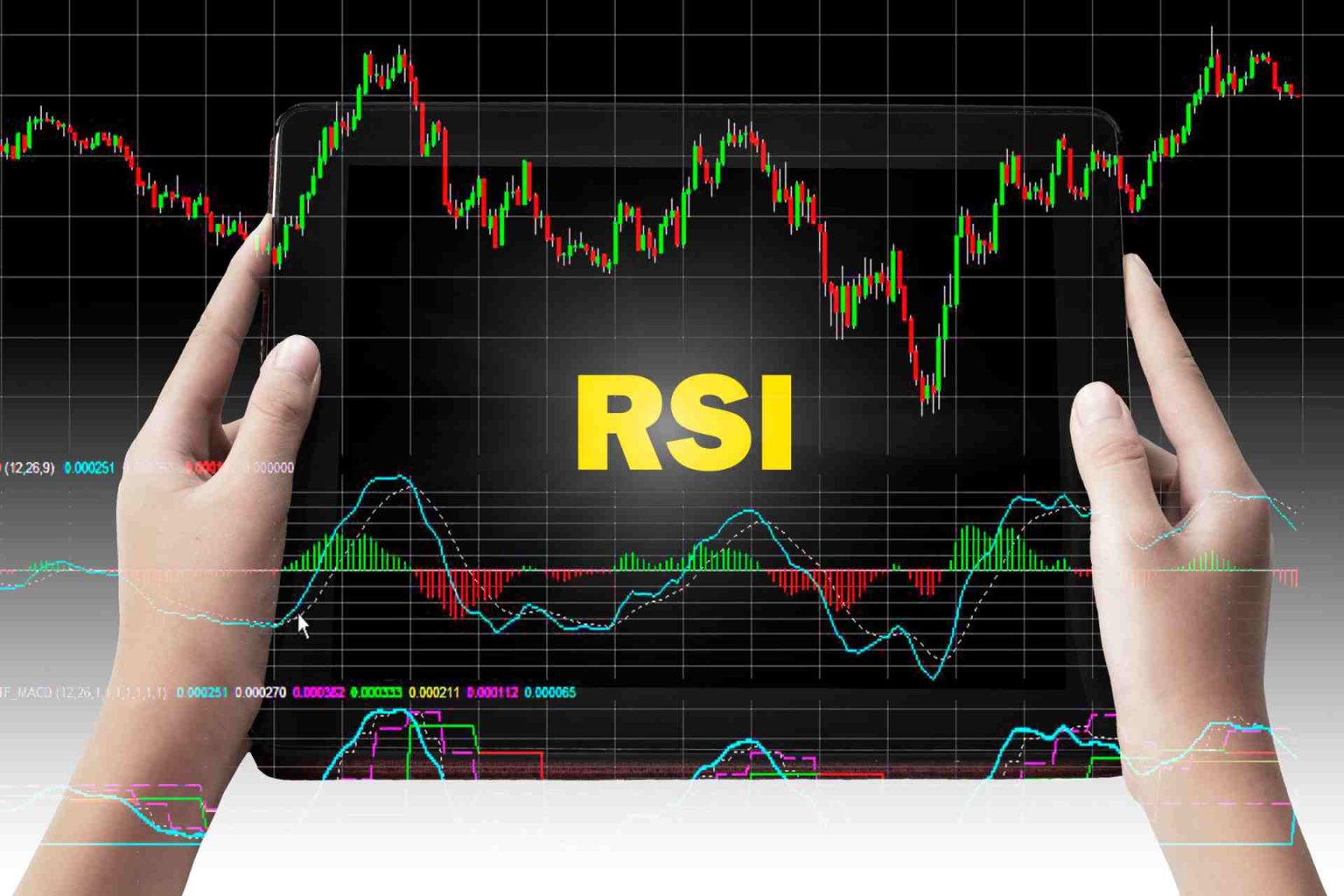What Is Relative Strength Index (RSI)?
Relative Strength Index (RSI) is a popular technical indicator that measures the strength of a security’s price action. It is commonly used to identify overbought and oversold conditions. RSI values range from 0 to 100, with values above 70 usually indicating overbought conditions, and values below 30 indicating oversold conditions.
RSI is often paired with other technical indicators to confirm signals and provide a more complete picture of market conditions. For example, RSI can be used in conjunction with trend-following indicators such as moving averages to confirm the direction of the trend. Additionally, RSI can be used in conjunction with volatility indicators such as Bollinger Bands to identify potential breakouts or reversals.
However, there are some traders who prefer to use RSI on its own in a dollar cost averaging (DCA) strategy. It will work since traders typically set their trading bots to buy when the RSI level goes into oversold condition. Scalping strategy may work as well when one is thinking of using RSI as a standalone indicator.
Advanced traders with years of experience have their own secret “sauces”. Often times, they will have their own preferred RSI levels and periods. They are also acutely aware that each CFD instrument is different and hence would customise the RSI values specifically for each instrument. For traders new to algorithmic trading, there is nothing wrong with sticking to the 70/30 standard rule for overbought/oversold conditions.
Overall, RSI is a useful technical indicator for traders looking to identify overbought and oversold conditions and potential trend changes in the CFD market. It can be deployed on its own or in conjunction with other indicators. A trader can deploy an easy to use CFD trading bot to execute a strategy based on RSI.
